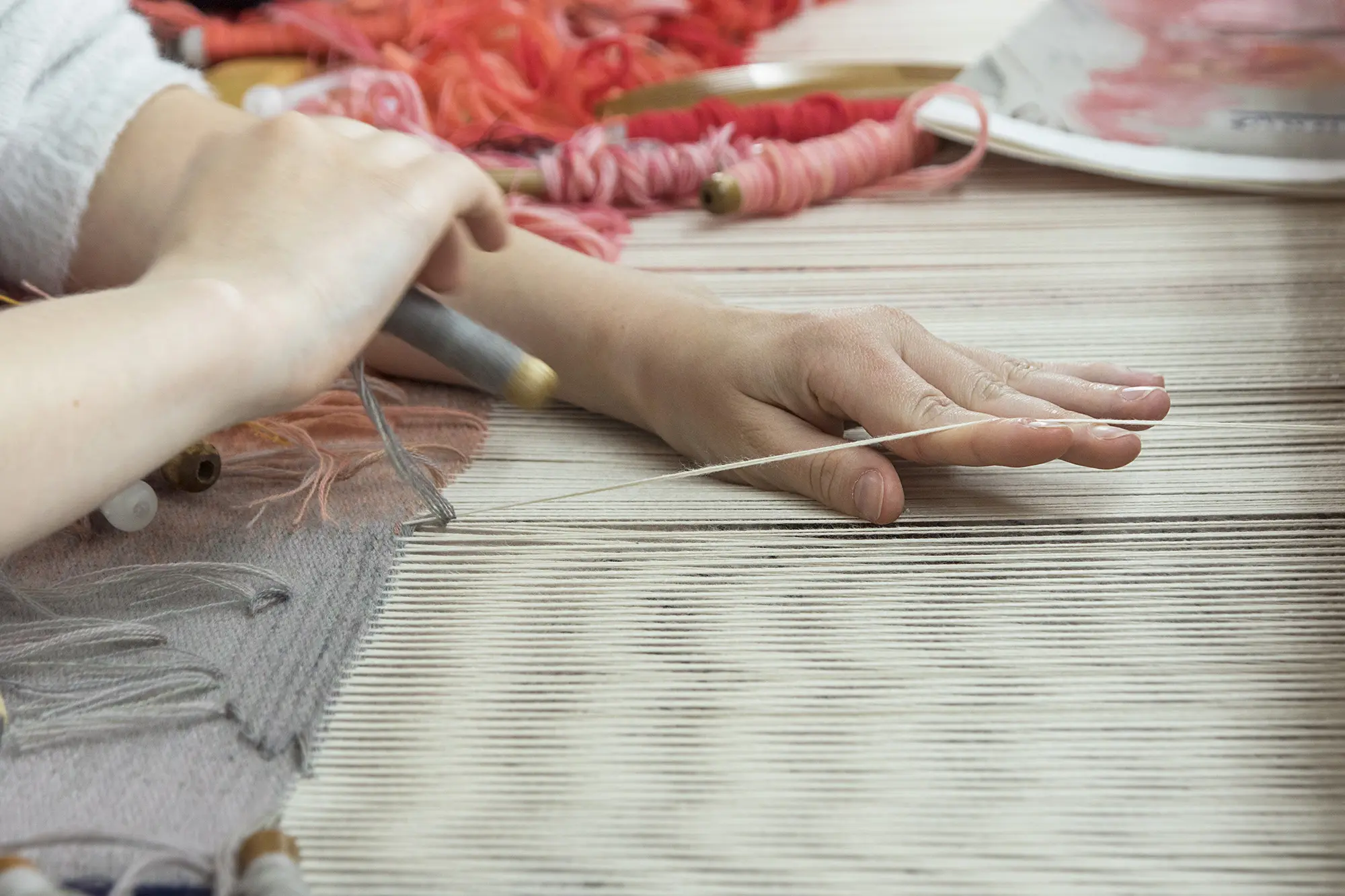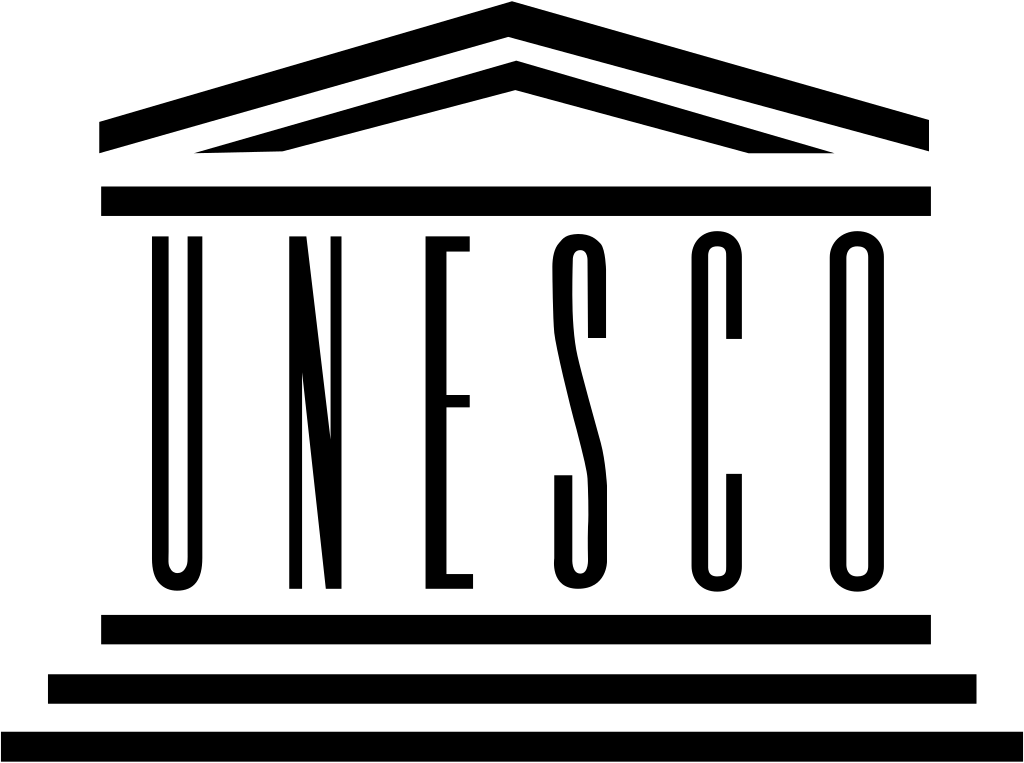Aubusson tapestry encompasses a range of techniques, trades, and skills unique to Aubusson, which were designated as 'Intangible Cultural Heritage' by UNESCO in 2009. This inscription on the Representative List of the 'Intangible Cultural Heritage of Humanity' helped recognise this exceptional craftsmanship and define an exclusive area for the production of Aubusson tapestries, limited to the Creuse department.
The Cité Internationale de la Tapisserie is the guarantor of this recognition.
In September 2009, UNESCO inscribed Aubusson tapestry on the 'Intangible Cultural Heritage of Humanity' list, thus acknowledging its importance as a living tradition passed down through generations. This inscription encompasses various cultural practices such as oral traditions, performing arts, social practices, and artisanal craftsmanship.
This recognition aimed to protect the Aubusson tapestry sector, which was considered fragile and whose craftsmanship transmission was at risk.
Two essential aspects motivated this initiative:
The existence of a complete professional community: For over five centuries, all the trades required for the production of Aubusson tapestries have been present in the region, including spinning mills, dyers, manufactories, workshops, cartoonists, and restorers. This concentration of expertise in a small area encourages exchanges and enriches the collective experience.
The work of interpretation by the weavers: The creation of a tapestry is a collaborative process between the creator, who designs the cartoon, and the weaver, who applies their craft to bring the artwork to life.
The Cité internationale de la tapisserie plays a crucial role in the preservation and promotion of this art, through training, its museum space, contemporary creation, and support for the professional sector.
This designation is seen as a positive factor for the future of Aubusson tapestry, encouraging an ethical approach and accountability among the stakeholders.



